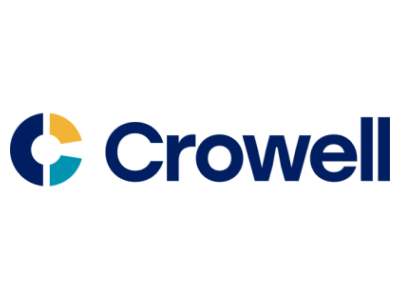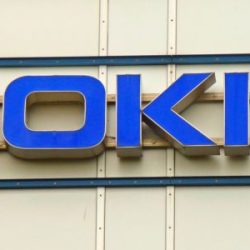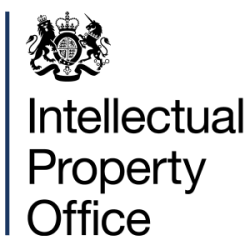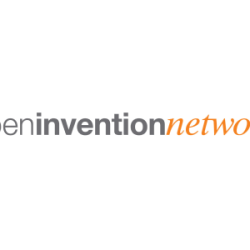 The Supreme Court recently heard oral argument in a patent case that has the potential to profoundly affect how broadly inventors may claim an invention, particularly in the life sciences space. On March 27, 2023, the Supreme Court held oral argument in Amgen v. Sanofi concerning the enablement requirement in the Patent Act. The enablement requirement is part of the quid pro quo for a patent: in exchange for the right to exclude others from using the claimed invention, the inventors must disclose enough information in the patent for a person skilled in the relevant art to make and use that invention. Inventors are not allowed to claim more than they enable in the written description of the patent. As such, the enablement requirement limits how broadly inventors can claim their invention.
The Supreme Court recently heard oral argument in a patent case that has the potential to profoundly affect how broadly inventors may claim an invention, particularly in the life sciences space. On March 27, 2023, the Supreme Court held oral argument in Amgen v. Sanofi concerning the enablement requirement in the Patent Act. The enablement requirement is part of the quid pro quo for a patent: in exchange for the right to exclude others from using the claimed invention, the inventors must disclose enough information in the patent for a person skilled in the relevant art to make and use that invention. Inventors are not allowed to claim more than they enable in the written description of the patent. As such, the enablement requirement limits how broadly inventors can claim their invention.
The Amgen case is of great interest because it is the first time the Court has addressed the enablement requirement in decades. The case is also noteworthy because it has divided the pharmaceutical industry. Some pharmaceutical companies have filed amicus briefs in support of Amgen (AbbVie, Biogen, Bristol Myers Squibb, GSK and Merck Sharp & Dohme), while others have filed amicus briefs in support of Sanofi (AstraZeneca, Bayer, Eli Lilly, Fresenius Kabi, Genentech, Gilead, Johnson & Johnson and Viatris).
The Amgen case concerns Amgen’s patent on a genus of antibodies that lower cholesterol by binding to specific residues. Sanofi argued that Amgen’s patent failed the  enablement requirement because the claims covered millions of different antibodies, but Amgen’s patent disclosed only 26 examples. Sanofi persuaded the district court to find Amgen’s patent invalid for lack of enablement and the Federal Circuit affirmed.
enablement requirement because the claims covered millions of different antibodies, but Amgen’s patent disclosed only 26 examples. Sanofi persuaded the district court to find Amgen’s patent invalid for lack of enablement and the Federal Circuit affirmed.
Amgen argued that the Federal Circuit applied the wrong legal standard by focusing on the cumulative effort required to identify and make all of the antibodies covered by Amgen’s patent claims. Based on pointed questions during oral argument, however, there appeared to be little, if any, disagreement between Amgen, Sanofi, and the Federal Circuit regarding the proper legal test for enablement, and the sole dispute was how the test was applied in this particular case. When pressed by the Court, Amgen and Sanofi agreed that “undue experimentation” is the proper legal standard and that the factors for assessing undue experimentation set forth in In re Wands, 858 F.2d 731 (Fed. Cir. 1988) are useful, so long as those factors are properly applied. As Justice Kagan noted to Amgen’s counsel, “Do you understand the parties now all to agree on the appropriate legal test, and are we simply arguing now about how that test applies in this case?” Similarly, Justice Gorsuch asked Sanofi’s counsel, “If we agree on the law, what’s left for this Court?”
Much of the discussion during oral argument focused on exactly how many antibodies are covered by Amgen’s claims – Amgen said the number was slightly less than 400, while Sanofi said it was in the millions. However, the Supreme Court is unlikely to wade into that factual dispute. Rather, the questions from the Court, particularly from Justices Thomas and Jackson, focused on getting admissions from Amgen that the claims were much broader than it was representing. Ultimately, Amgen’s “cumulative effort” argument did not appear to have much traction with the Court, and Justice Sotomayor noted in pointed questioning of Amgen’s counsel that the Federal Circuit never said the amount of effort required to make the full scope of a claimed genus was dispositive – the Federal Circuit simply said “it was appropriate to look at” the amount of effort.
In view of the Court’s comments and questions during argument, the most likely outcome is that the Court will confirm long-standing Federal Circuit precedent holding that “undue experimentation” as evaluated through the Wands factors is the correct standard for patent enablement. To the extent the Court feels it is necessary to clarify the law or eliminate any uncertainty, the Court may confirm that while the amount of effort necessary to make the full scope of a genus is a relevant factor to consider when assessing enablement, it is not a dispositive factor.
Written by Mark Remus, Partner, and Alexis White, Associate, of Crowell & Moring











